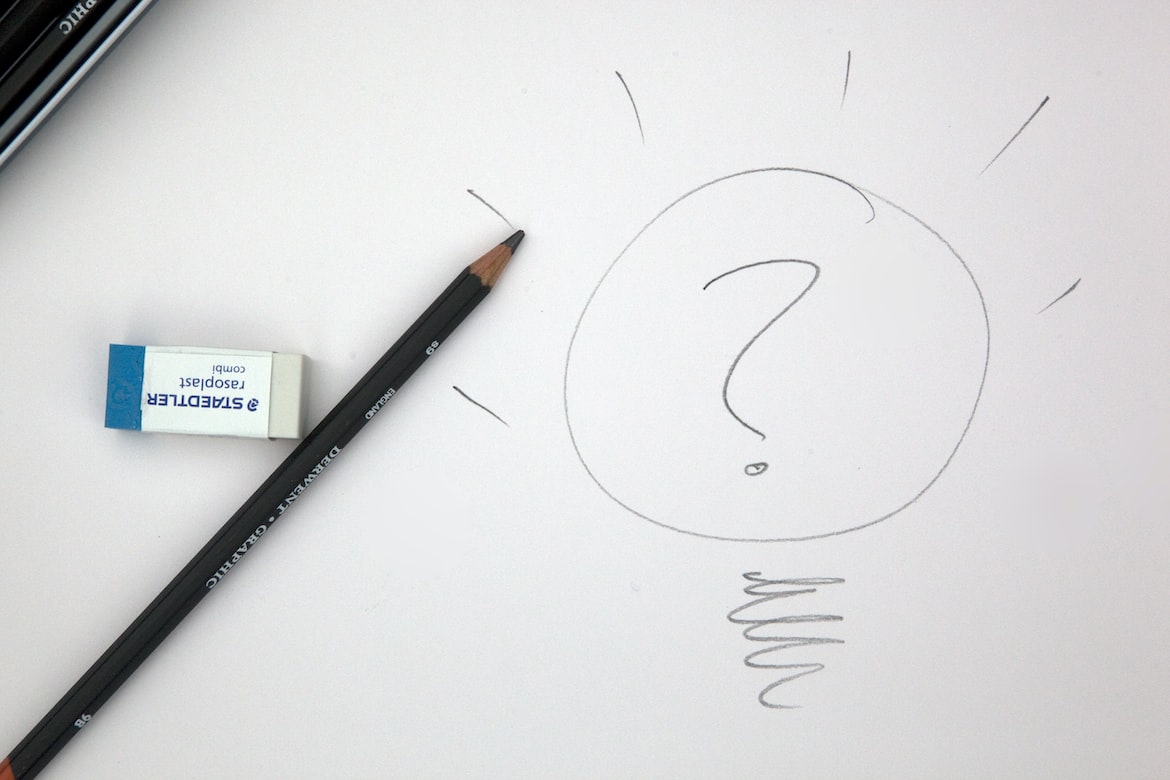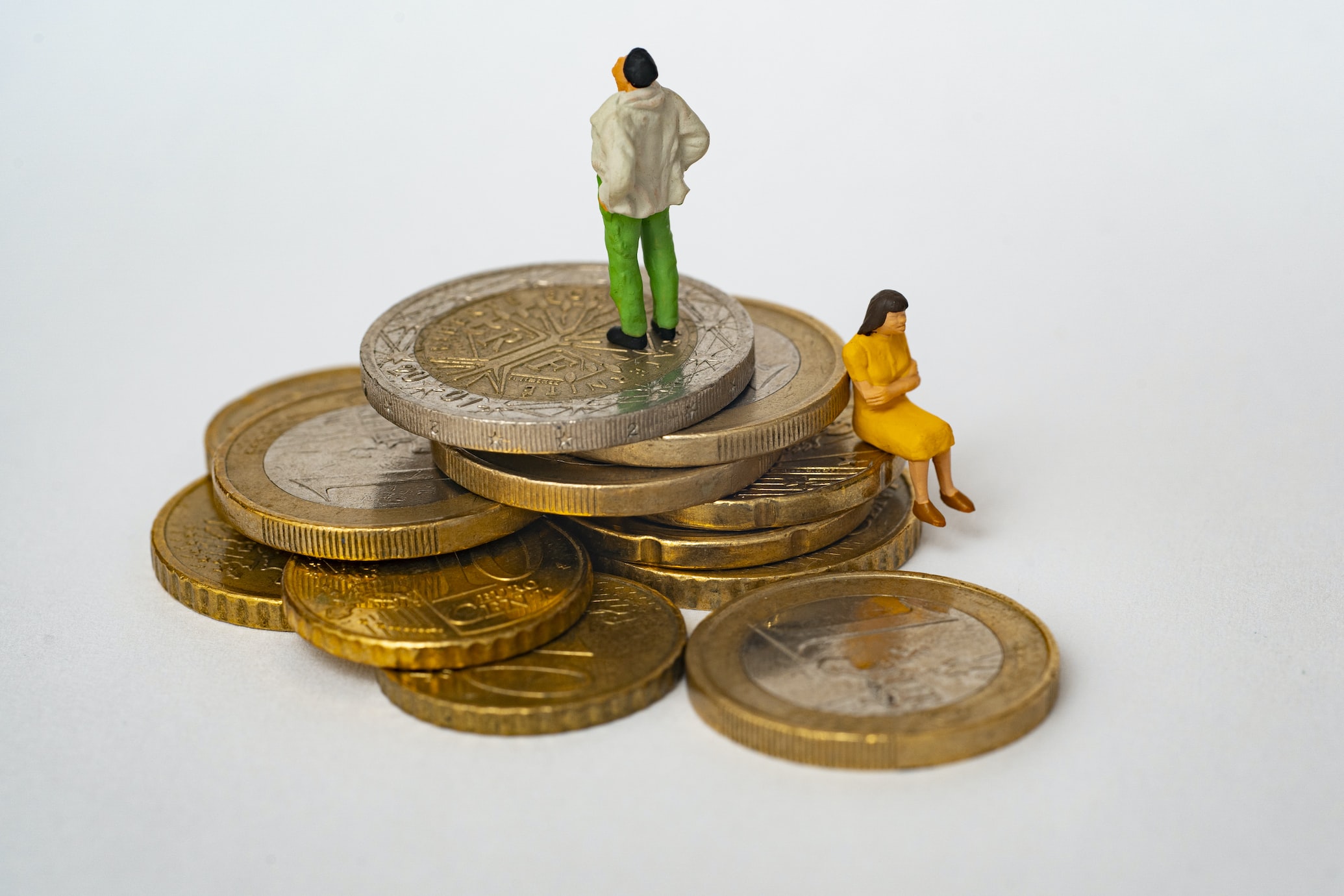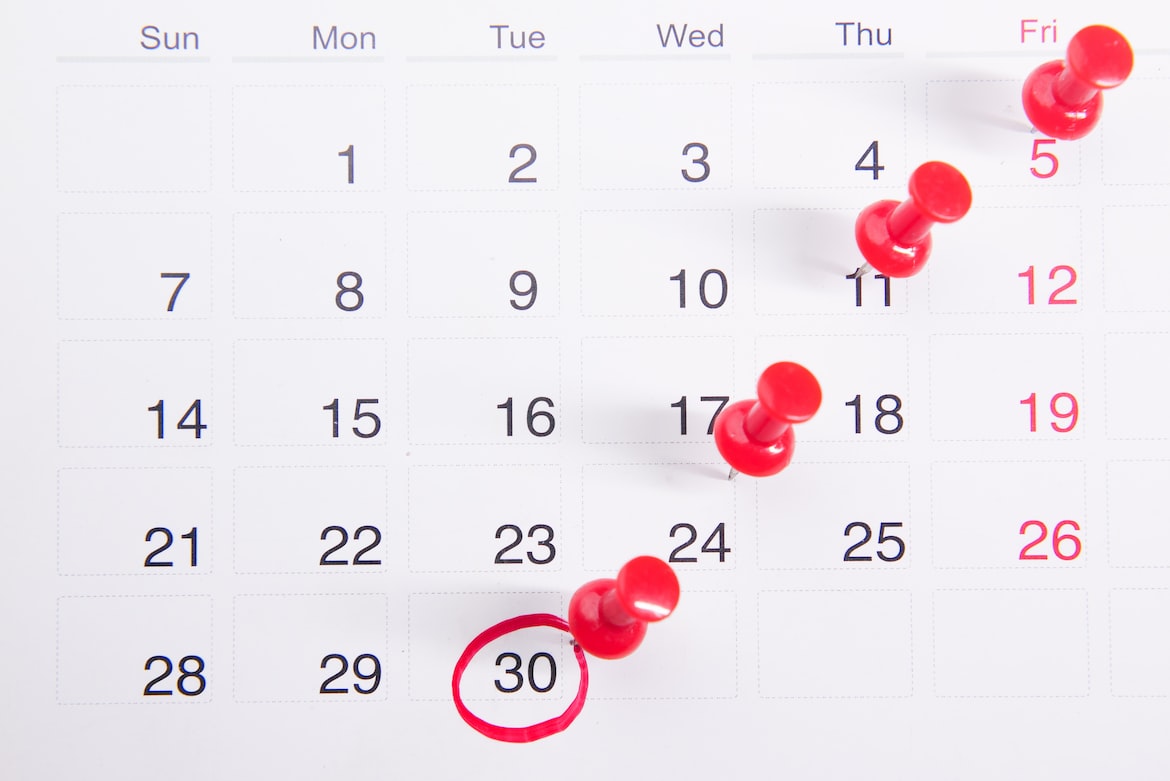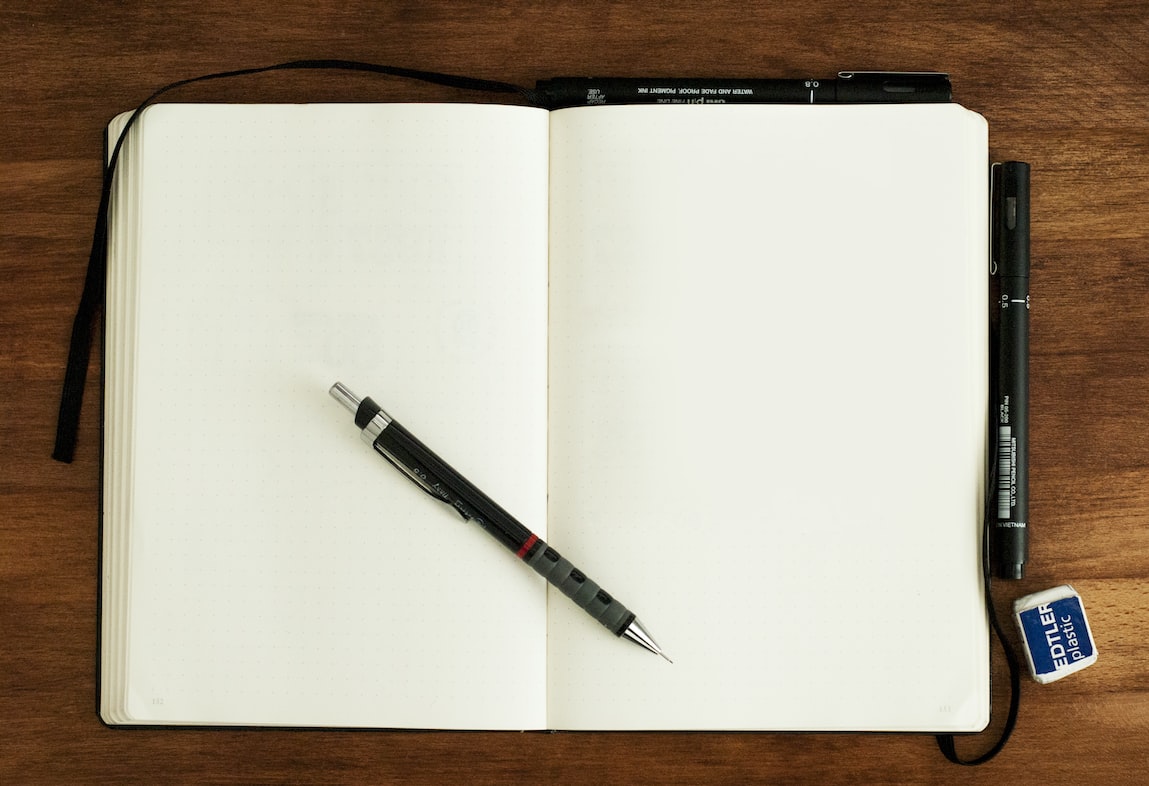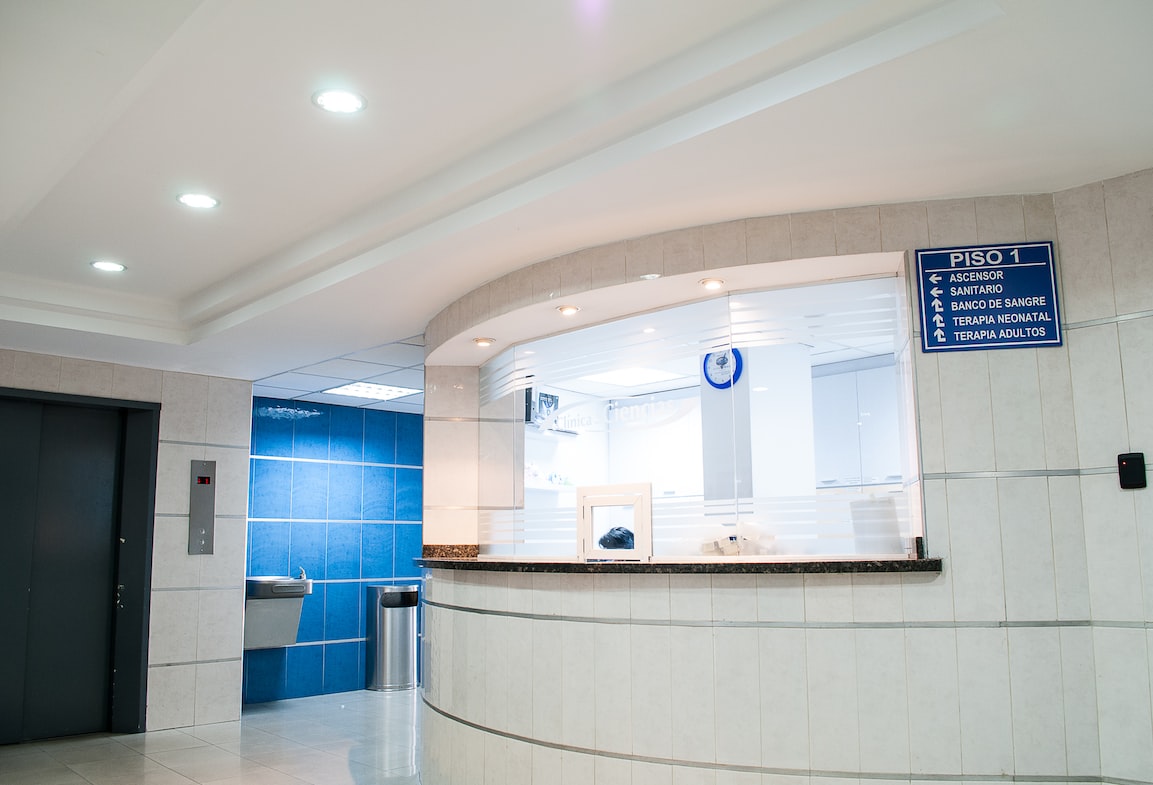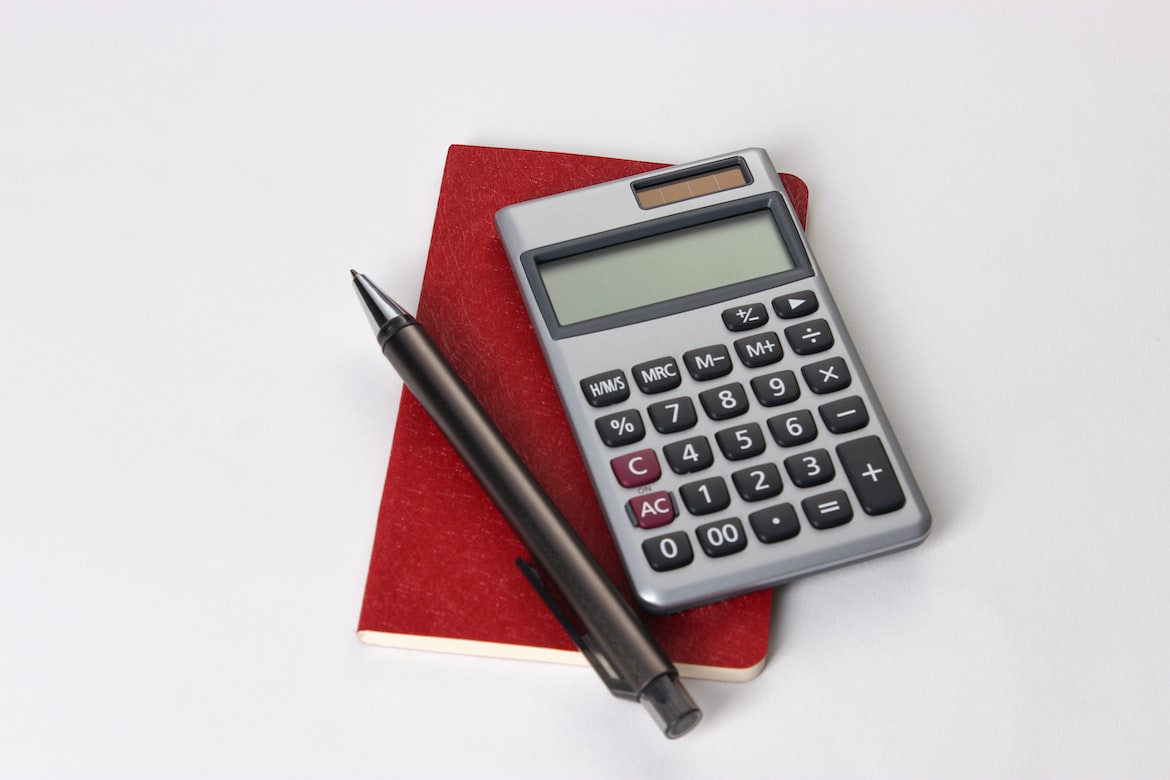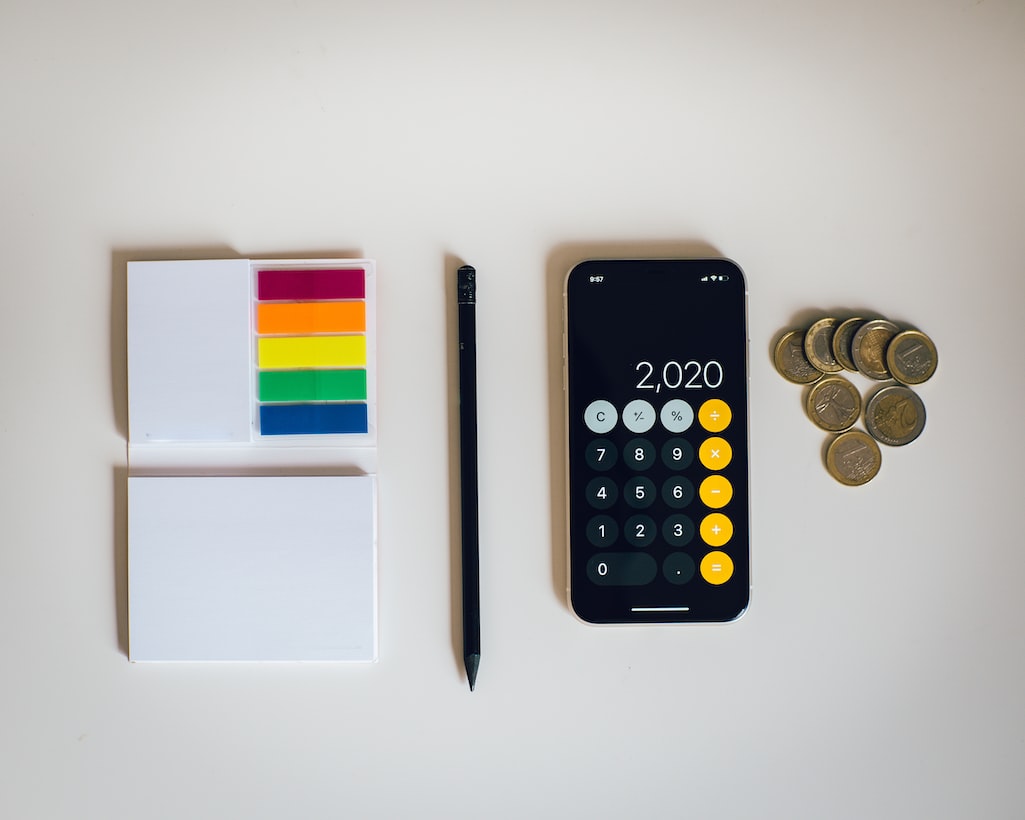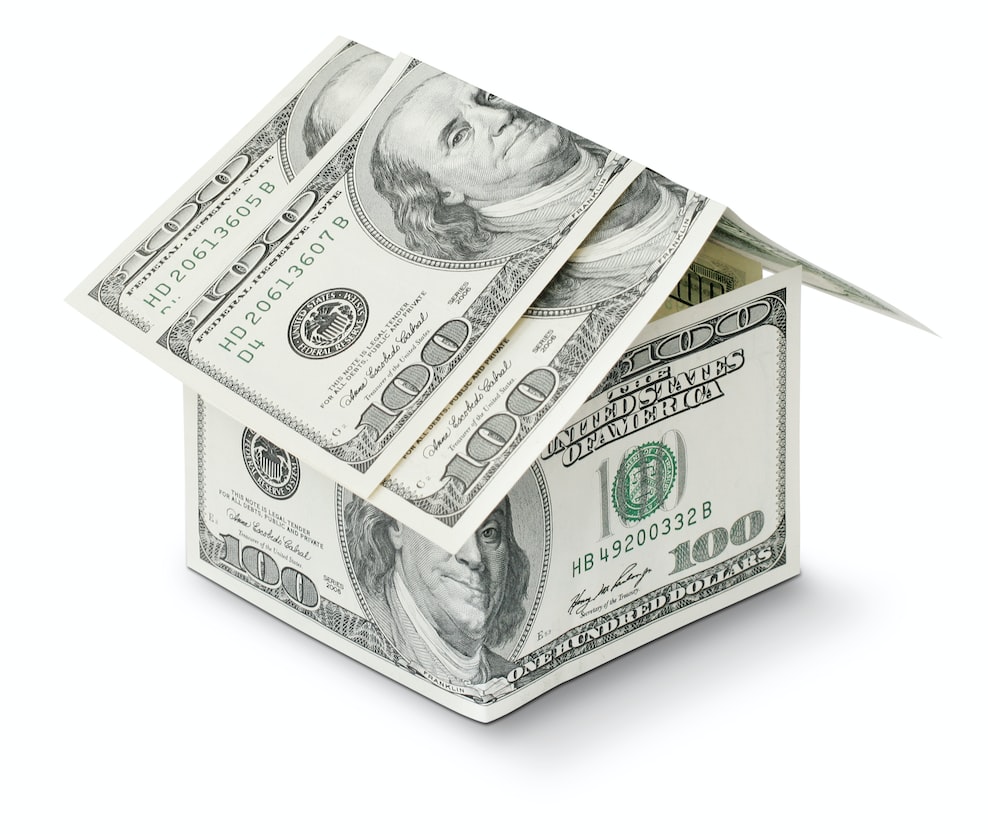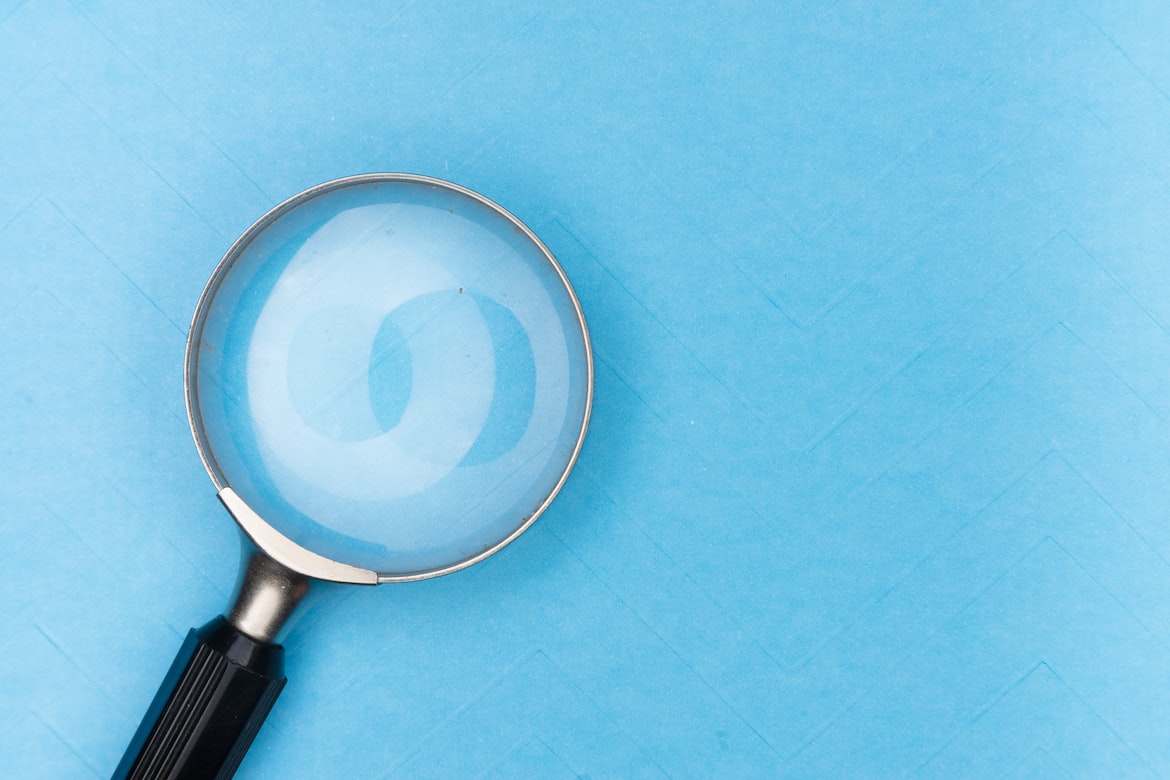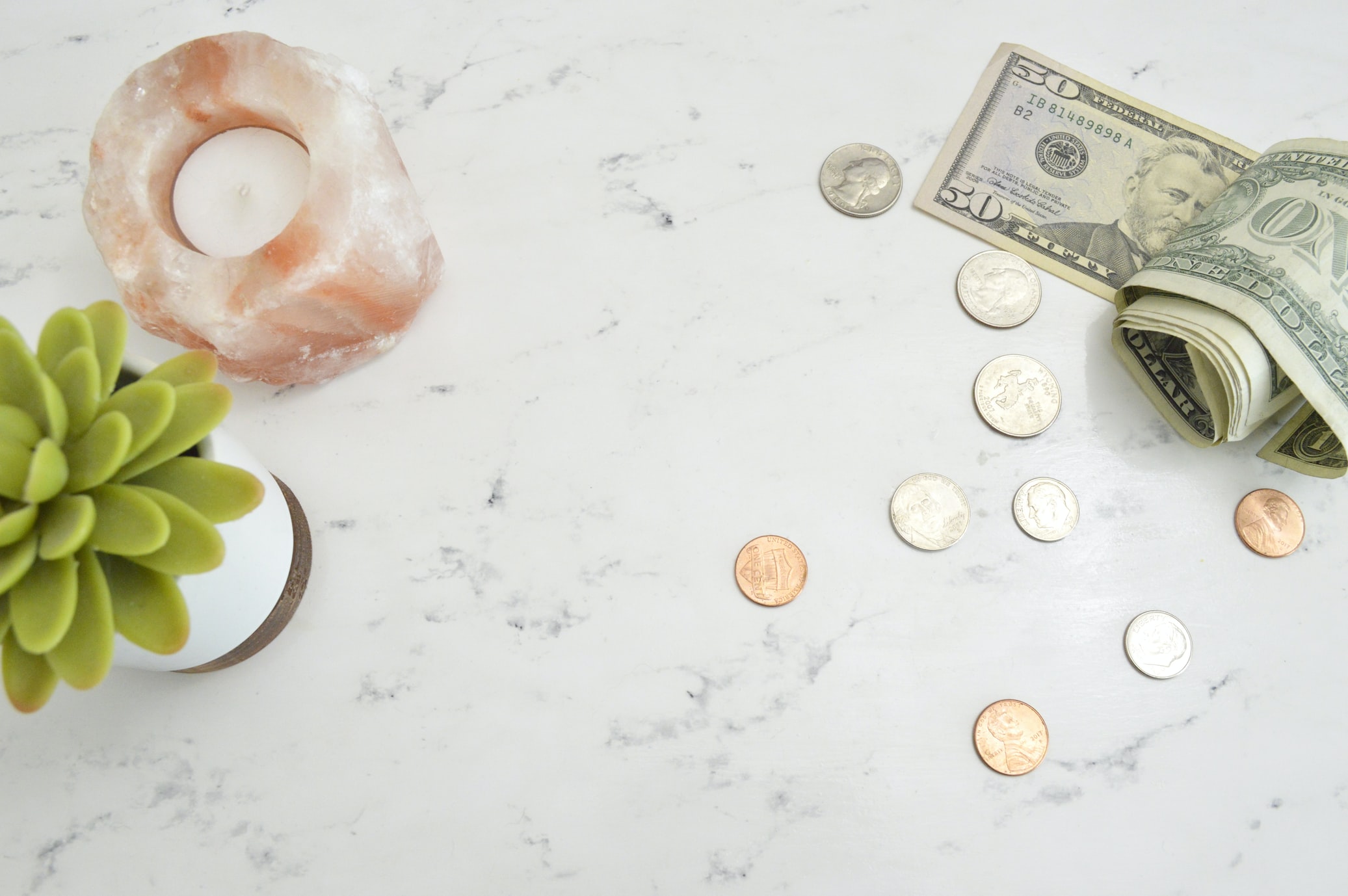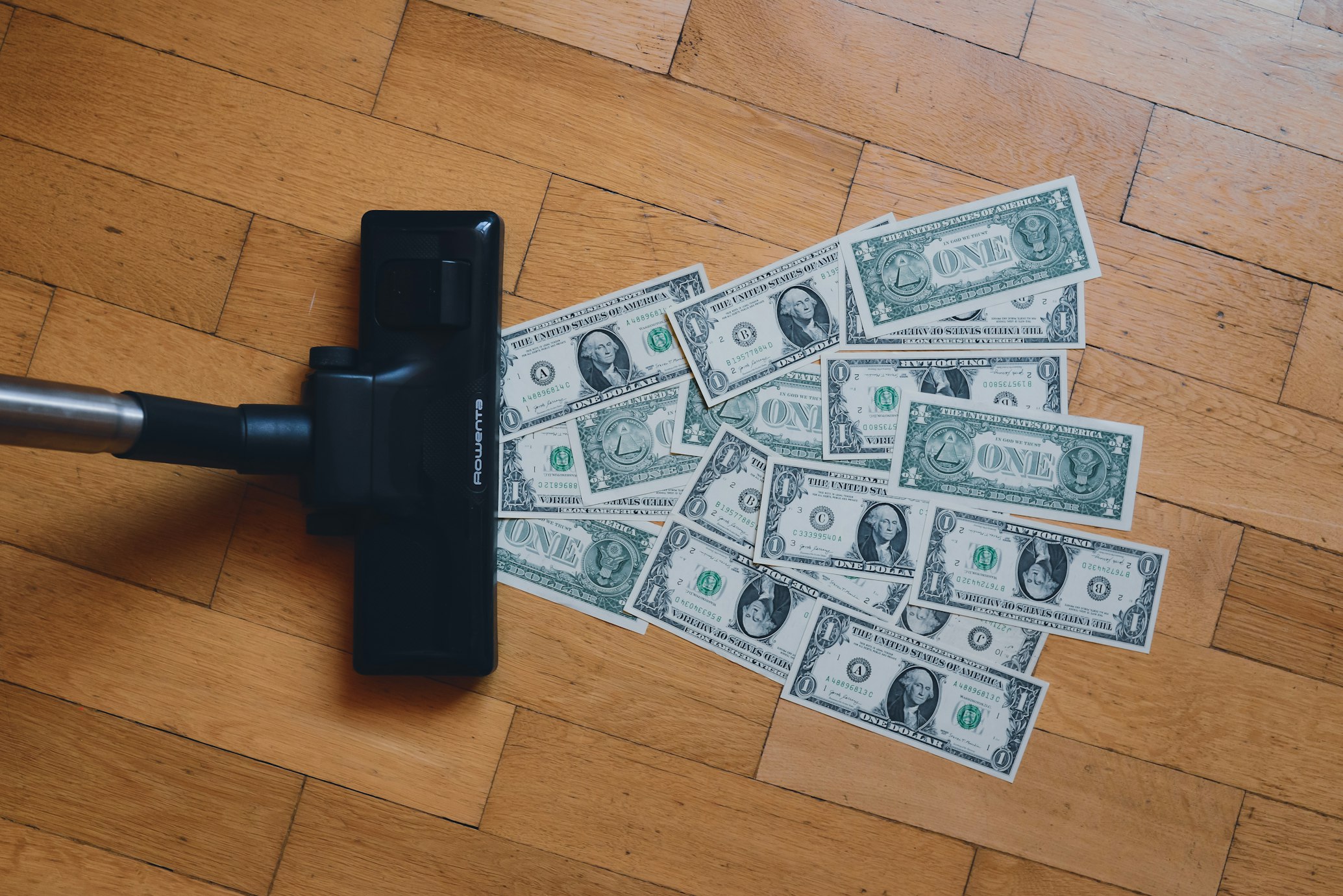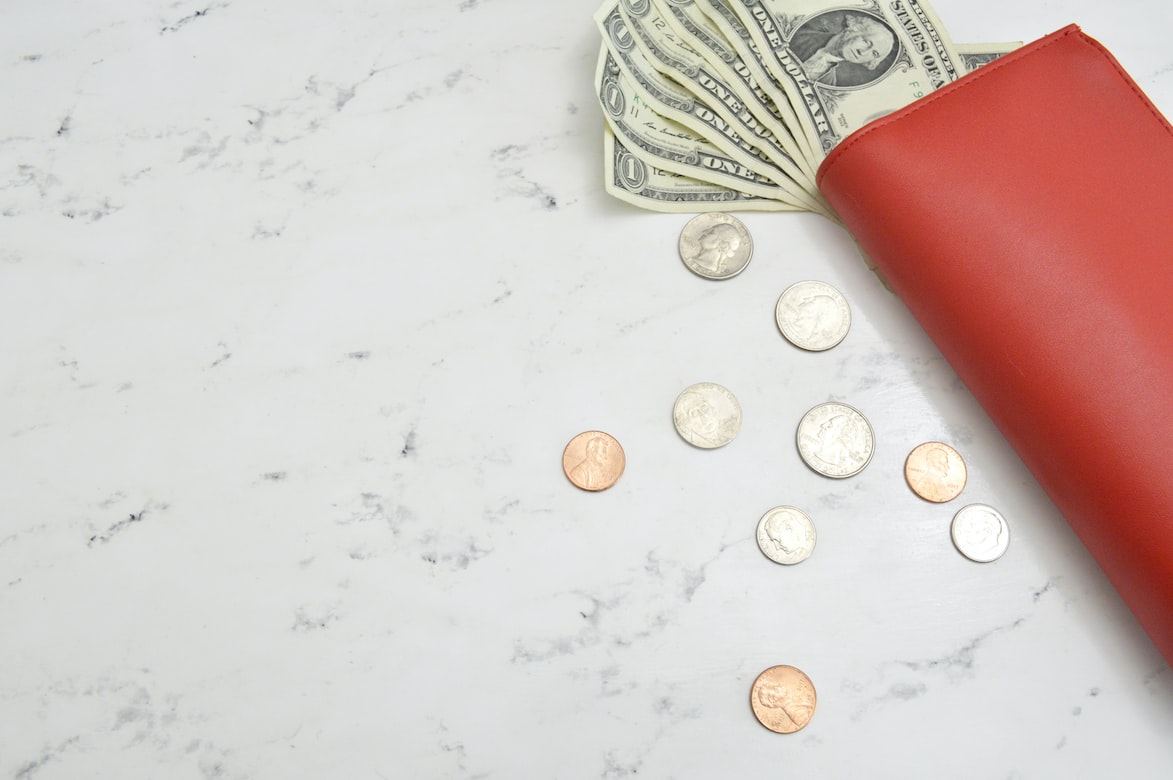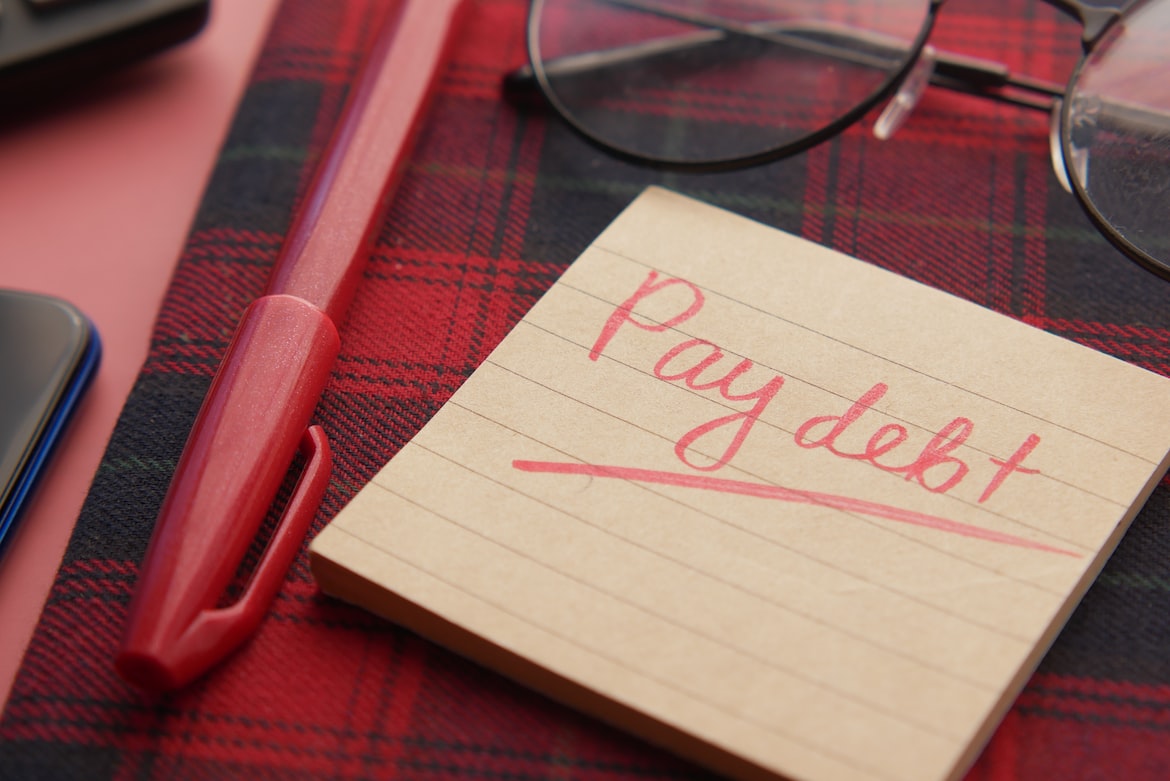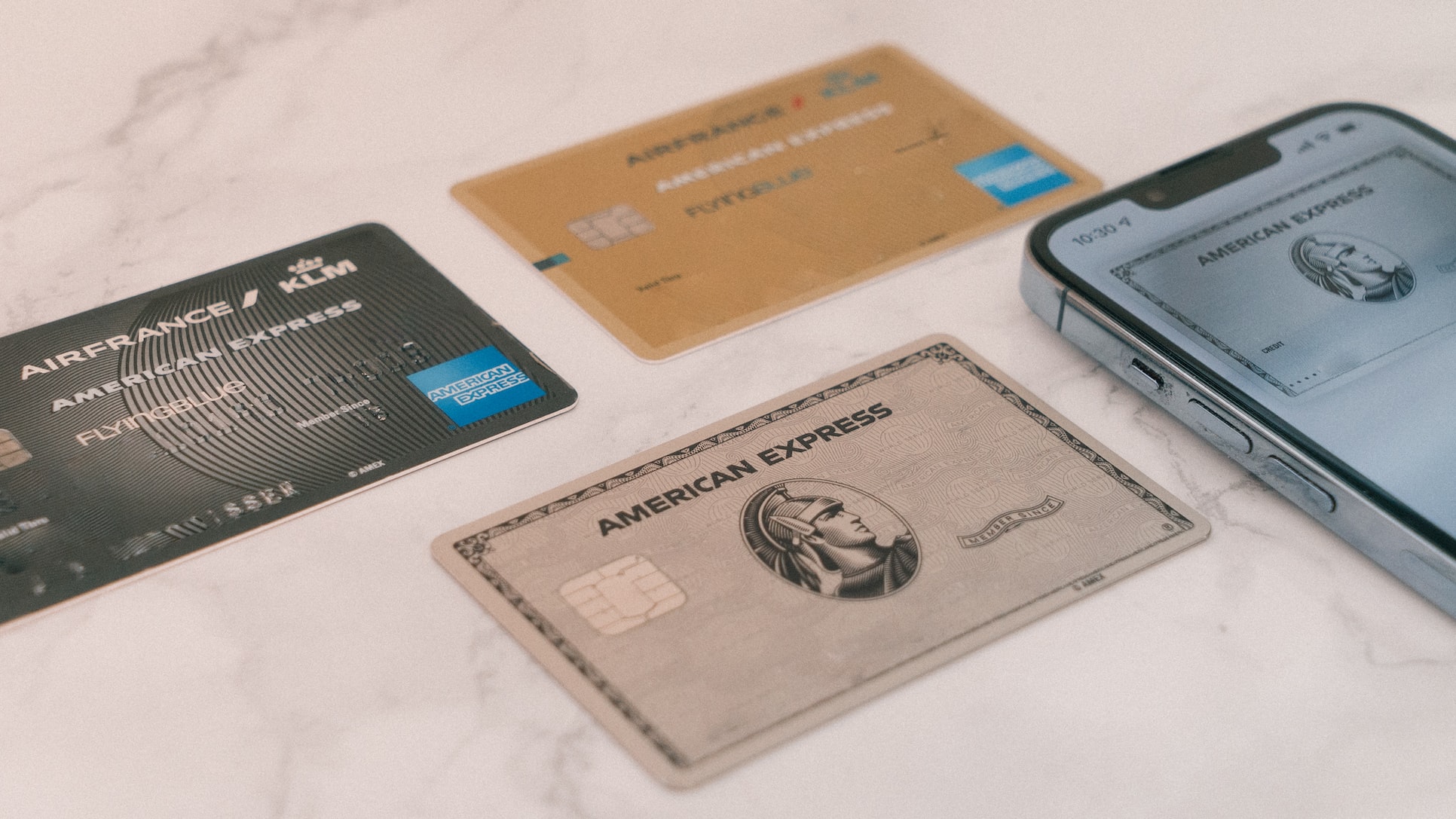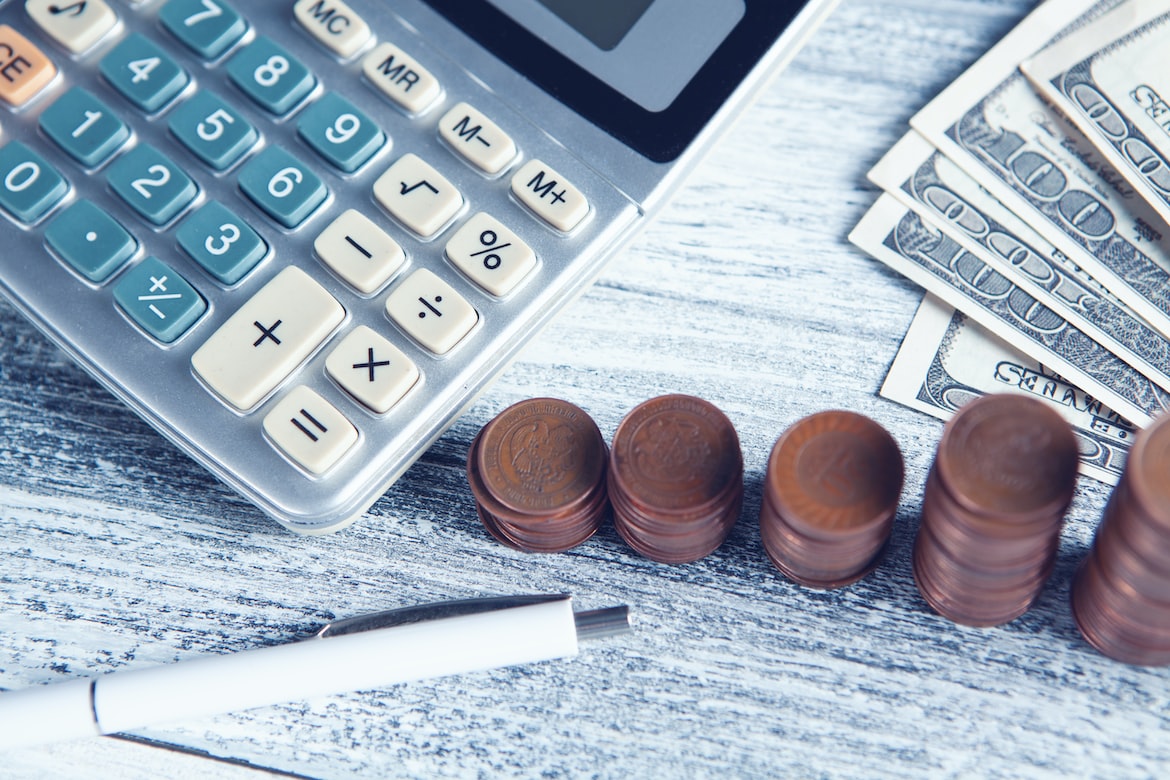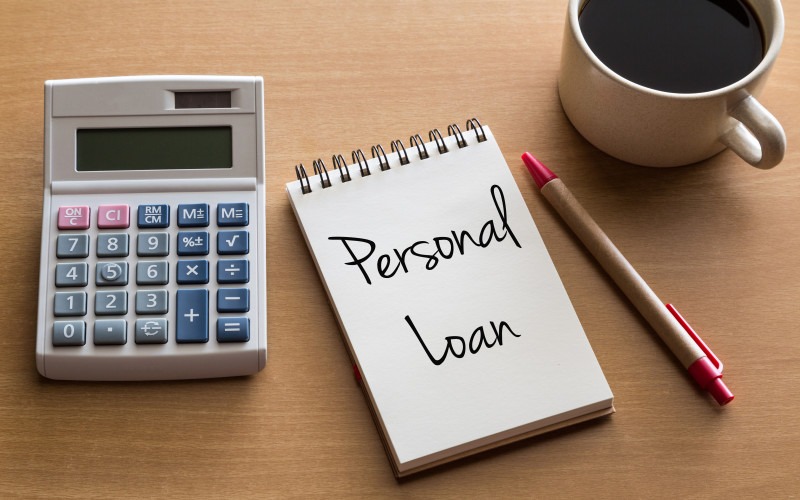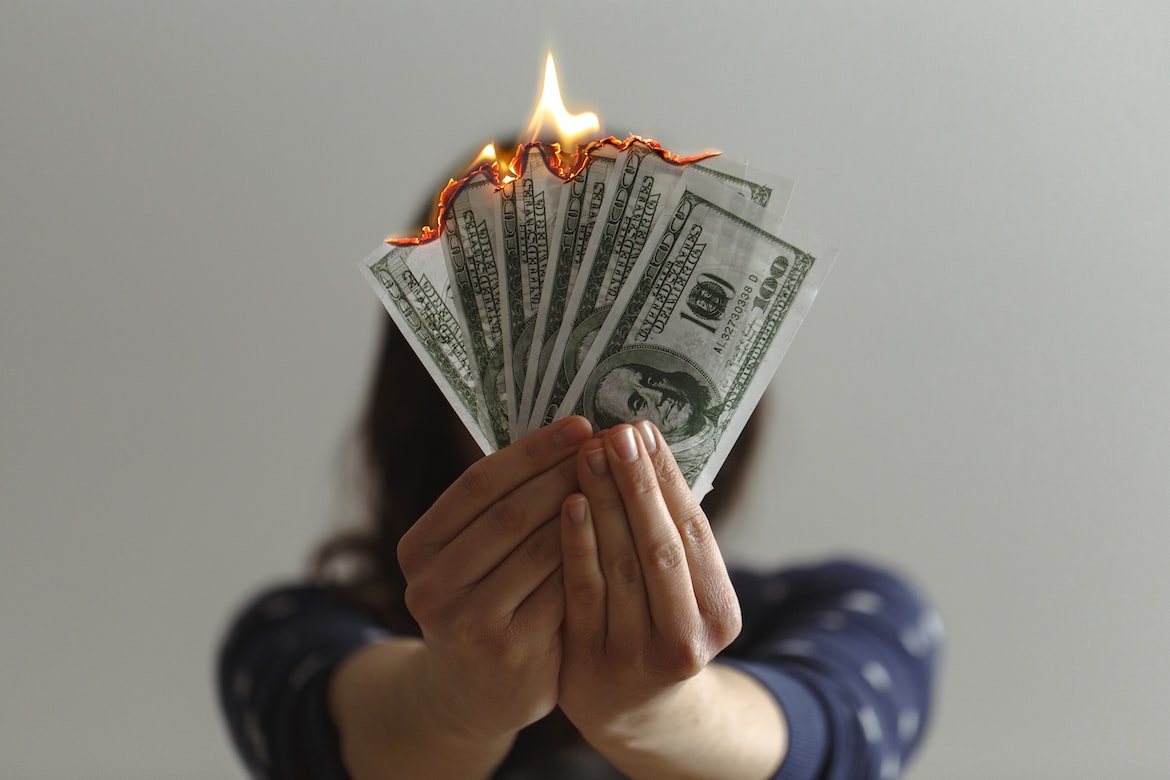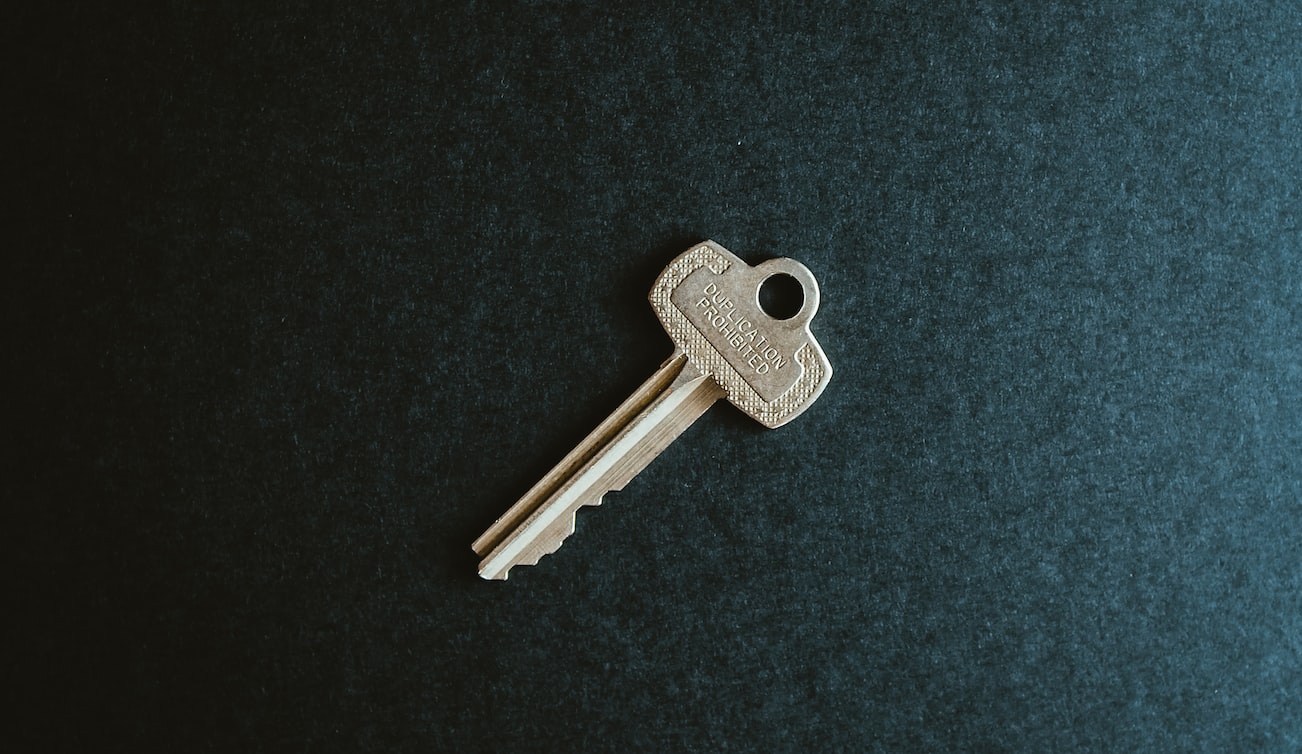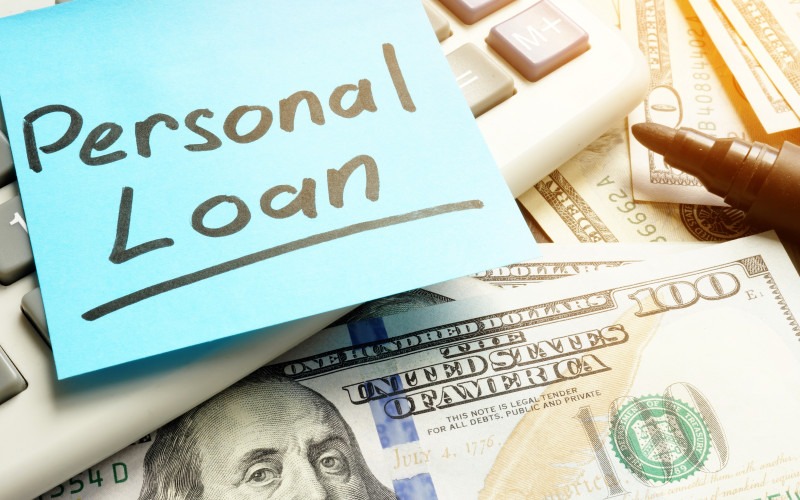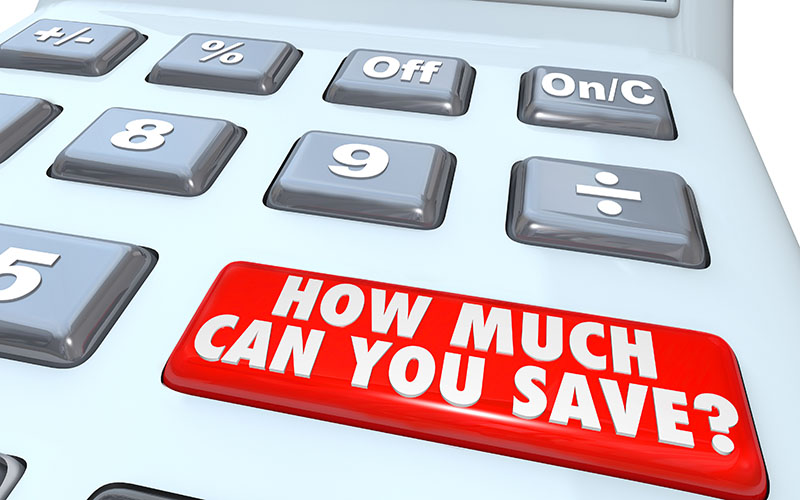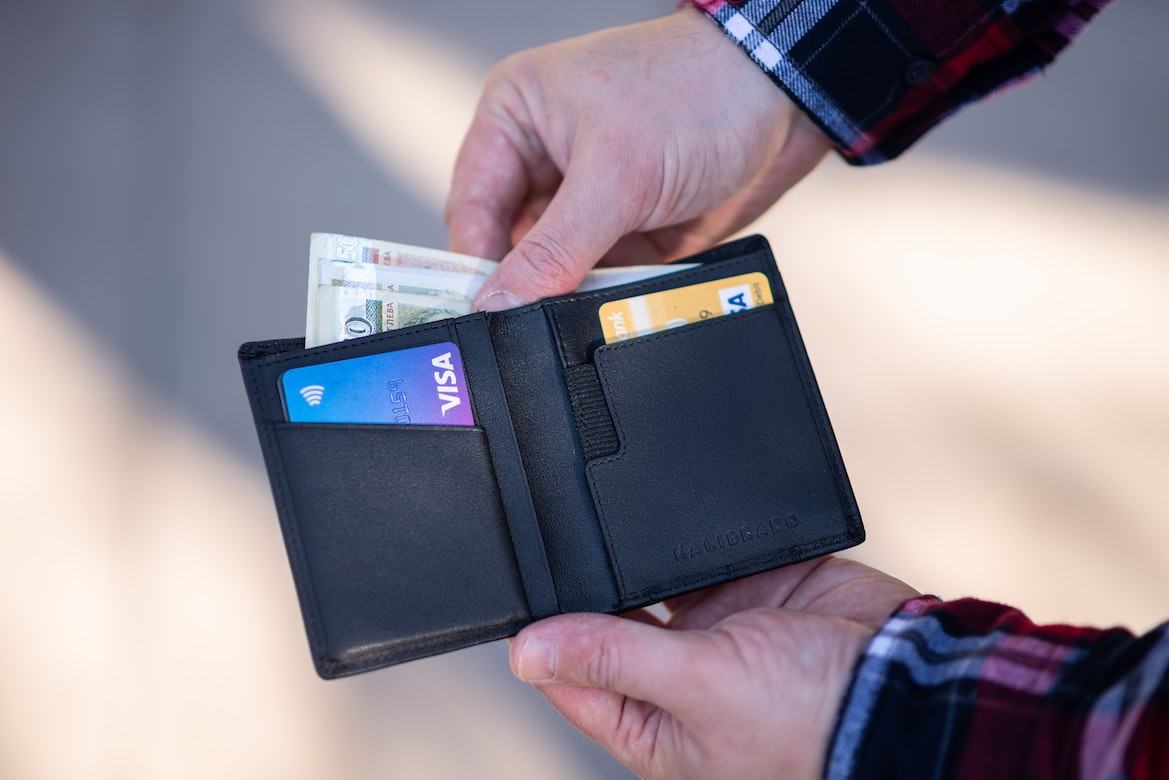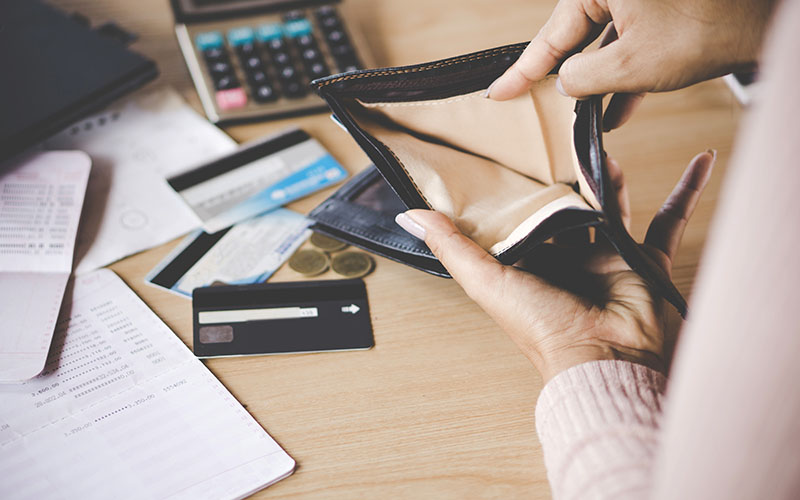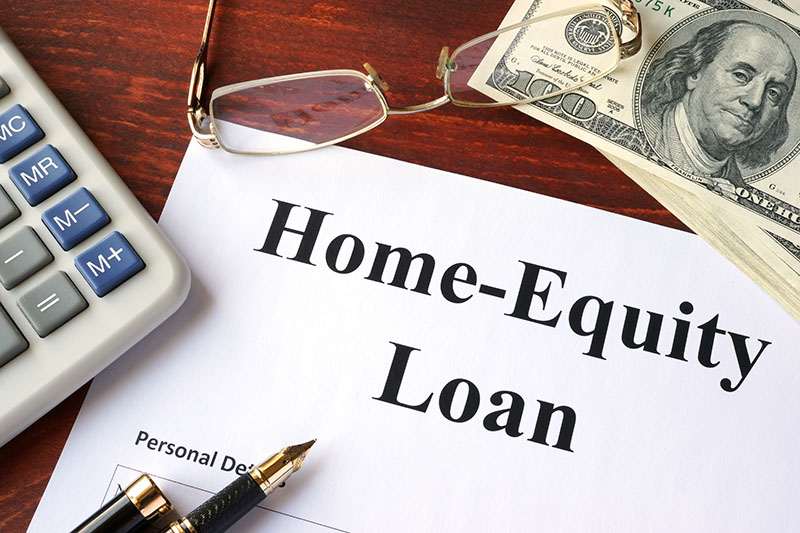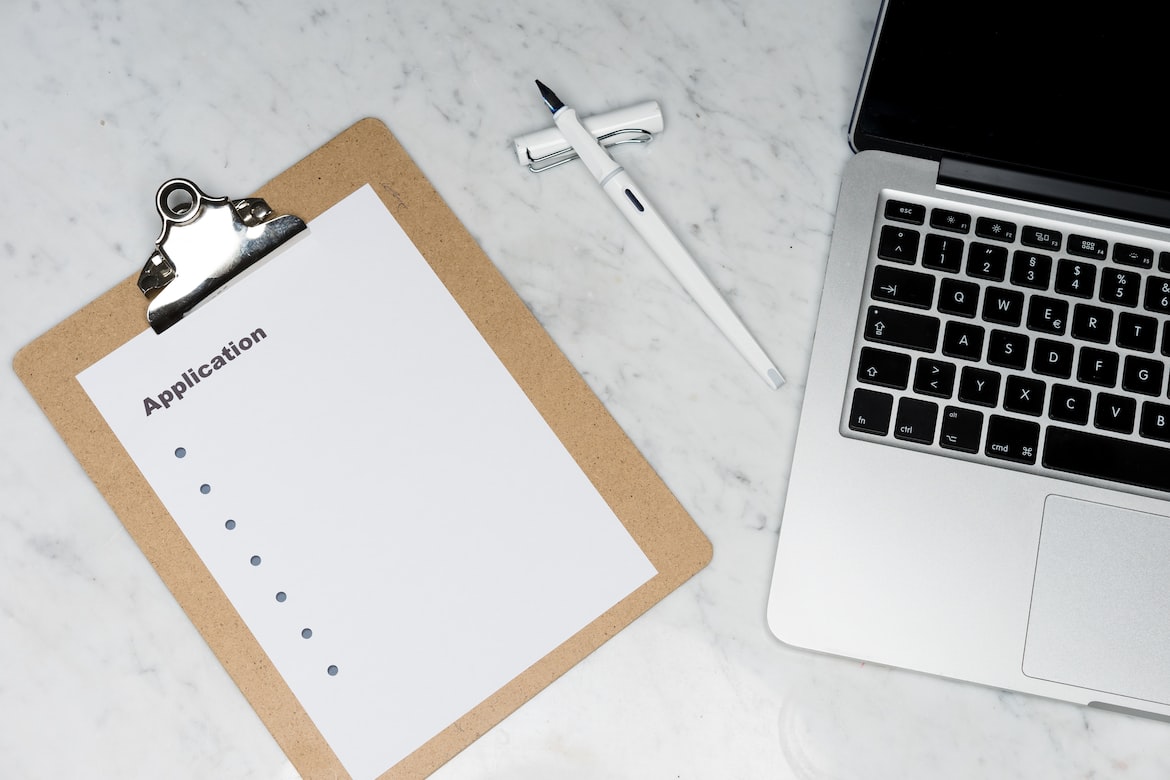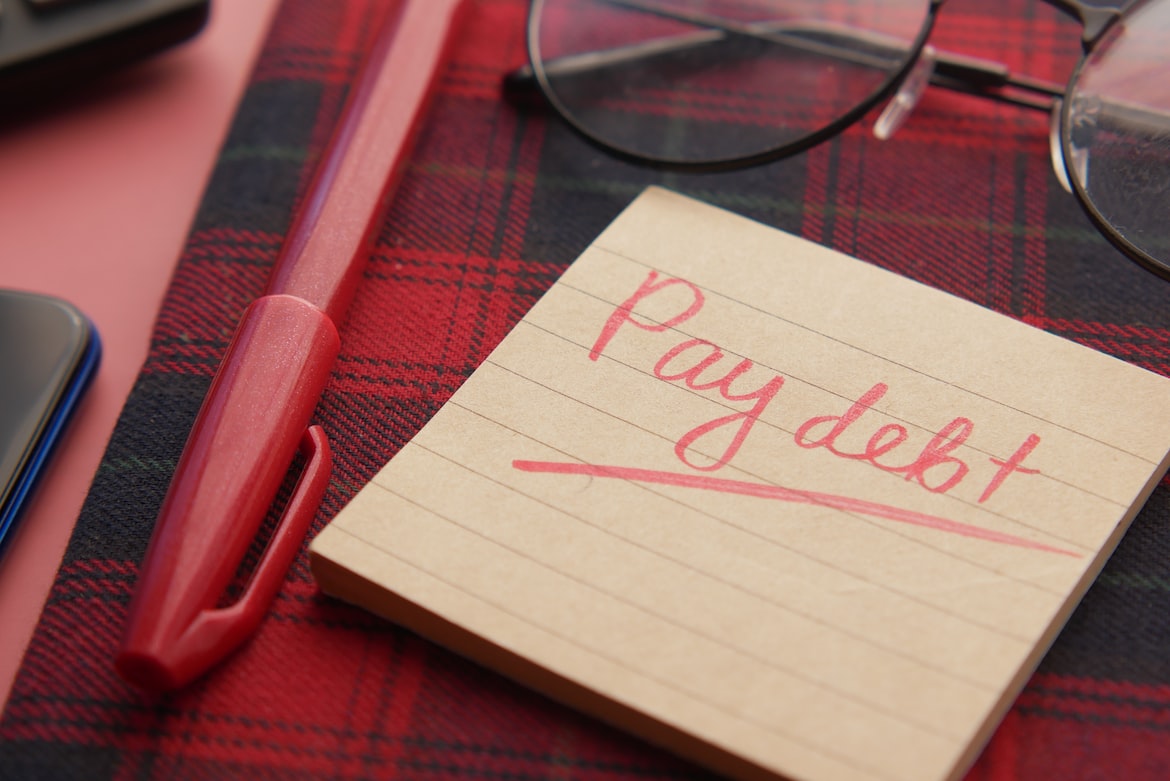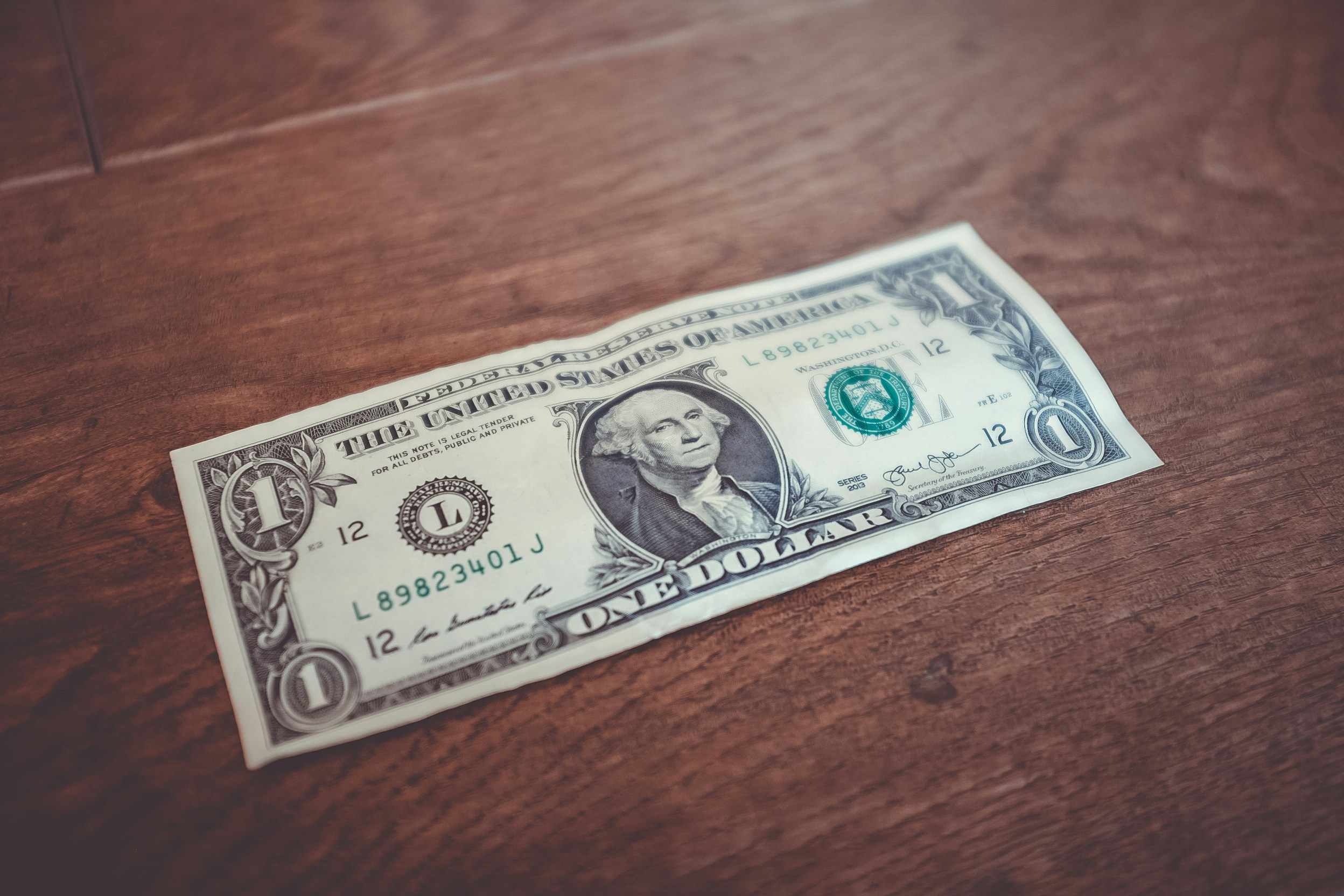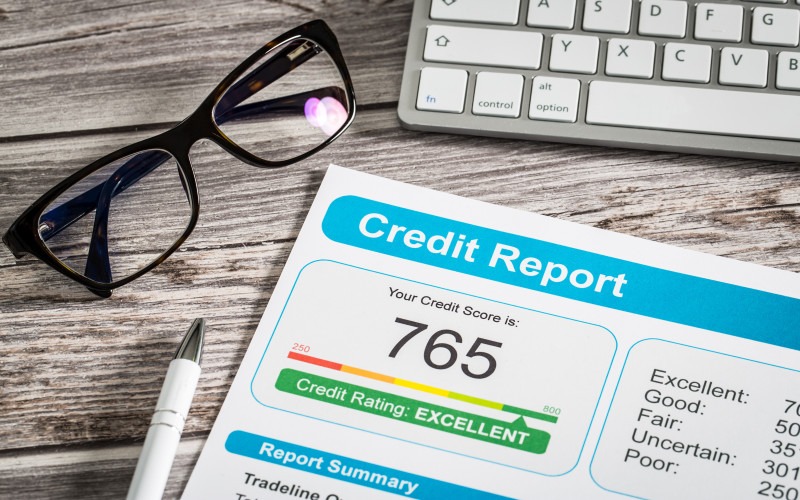Credit Utilization Ratio 101

Credit utilization is how much of your total available credit you’re currently using. It is represented by a percentage called the credit utilization ratio. Credit utilization accounts for around 30% of your credit score, which lenders look at to judge your loan application.
Let’s go over what you should know about credit utilization ratios and how they affect your credit score, especially when considering taking out or managing personal loans.

Understanding credit utilization ratio and its impact on credit score
People with credit accounts have credit utilization ratios, which is a percentage that shows how much of your total credit you’re currently using. It is calculated by adding up all the balances of your various credit card accounts and then dividing that by your total credit limits.
This ratio influences your credit score significantly, be that your FICO score or your VantageScore. Around 30% of your credit score hinges on your credit utilization ratio, so the lower your credit utilization ratio, the more likely you will have a good credit score.
Because your credit utilization ratio so heavily impacts your credit score, it’s advisable to keep it as low as you realistically can so that you can boost your credit score.
Calculating credit utilization ratio: how to do it right?
To calculate your credit utilization ratio, you need to know the correct formula so you don’t end up with the wrong results. Here is how you calculate your credit utilization ratio:
(Total credit card balances / Total credit limit) x 100%
Let’s take a look at an example where you have two credit card accounts with the following details:
Account A: Balance of $500 and credit limit of $2,000
Account B: Balance of $3,000 and credit limit of $8,000
To calculate your credit utilization ratio, you would plug the values in like so:
[ ($500 + $3,000) / ($2,000 + $8,000) ] x 100%
= ( $3,500 / $10,000 ) x 100%
= 35%
In this case, you would currently have a credit utilization ratio of 35%. Of course, in real life, your credit card balances will likely add up to have decimal places, and you might need to round up or down to get your final credit utilization ratio. Because of this, the percentage you get may differ from what is used to determine your credit score.

The ideal credit utilization ratio: what is it and why is it important?
The lower your credit utilization ratio, the less likely it’ll damage your credit score. But credit is still meant to be used, so it isn’t realistic to keep it near 0% at all times.
The ideal credit utilization ratio is any ratio that remains below 30%. This means that if your total available balance is $10,000, you shouldn’t use more than $3,000 at a time. If you go over 30%, you should try to pay down the balance until it no longer exceeds that threshold.
Here are the main reasons why maintaining an ideal credit utilization ratio is important:
1. It affects your perceived creditworthiness
Creditworthiness essentially conveys your level of financial responsibility. Someone who is creditworthy is reliable when it comes to repaying debt.
Many companies and interested parties want to know what your credit usage is when they are assessing your creditworthiness. Appearing creditworthy opens up a wide variety of new opportunities for you. Lenders become more likely to accept your loan application, you can receive more favorable rates, employers view you as more financially responsible, and you might even secure your desired apartment.
2. You will have more available credit for when you need it
Since your credit utilization ratio equals how much of your credit you’re using, keeping a low ratio means you have more available credit left. Credit cards are widely accepted by merchants everywhere. They enable you to make large purchases and pay off the credit card debt over time, even if you don’t currently have the amount of cash needed to afford them.
Many people use credit cards for everyday purchases due to their convenience. However, that means that they may run out of available credit when they truly need to pay for something urgent, such as home repairs or medical bills.
If you have a high credit utilization ratio, your access to credit will be limited. This can hurt your financial stability if you encounter an emergency or need to pay for unforeseen expenses. Because of this, it is commonly advised for cardholders to make sure that they don’t overuse their available credit. This can improve their financial capabilities, especially in case of an emergency.
3. You can avoid credit card overreliance
While relying on credit cards for purchases isn’t necessarily bad or irresponsible, overreliance can have a negative impact on your life. Using borrowed funds in the form of credit cards can lead to credit card debt.
Falling into credit card debt is dangerous because many credit cards come with high annual percentage rates (APRs). This means that you might be charged high interest rates and late fees, which make it progressively harder to get rid of the debt.
A good way to reduce your credit card spending is to instead use cash and debit cards for everyday purchases.
How to improve credit utilization ratio: tips and tricks
Improving your credit utilization ratio can have a beneficial effect on your credit score. It’s important to first understand that improving your credit utilization ratio to boost your credit score means that you will want to reduce the ratio.
Here are some strategies to keep in mind when it comes to reducing your credit utilization ratio.
1. Know where the 30% cutoff is
Ideally, you want to keep your credit utilization ratio below 30% so that it doesn’t hurt your credit score. Any ratio below this cutoff is generally an acceptable usage rate in the eyes of creditors. That is why for any effective credit utilization ratio improvement strategy, you need to first determine how much credit usage equals 30%.
To find the balance amount you shouldn’t exceed, you have to calculate what your total credit limits are. Add all of your credit limits across your credit card accounts to find this number. Then, multiply this total credit limit by 30% (or 0.3). For example, if your credit limit totals $10,000, then you should try to maintain credit usage below $3,000.
At this point, you will know the balance amount you should try to stay below.
2. Pay down your balance
It is difficult to keep a credit card account balance of $0 every month. However, it can be credit smart to pay down your balances each month so that it does not exceed 30% of your total credit limits.
Pay off your outstanding balance as much as you can comfortably do. If you have a particularly high balance on a credit card account, prioritize paying off that balance first.
Another way to pay down your balances is to spread your payments across all of your credit card accounts.
3. Increase your total credit limit
Reaching out to your credit card issuer(s) and asking them to raise your credit limit can help you directly reduce your credit utilization ratio–as long as you don’t also increase your spending.
If you do end up successfully increasing your credit limit, be sure that you don’t go with this route too often. Applying for credit limit increases excessively can hurt your credit score.
4. Use your credit cards only when necessary
When you make everyday purchases, it might be a good idea to use cash or a debit card instead of a credit card. By reducing your reliance on credit cards, it can become easier to minimize your credit card balances and lower your credit utilization ratio.
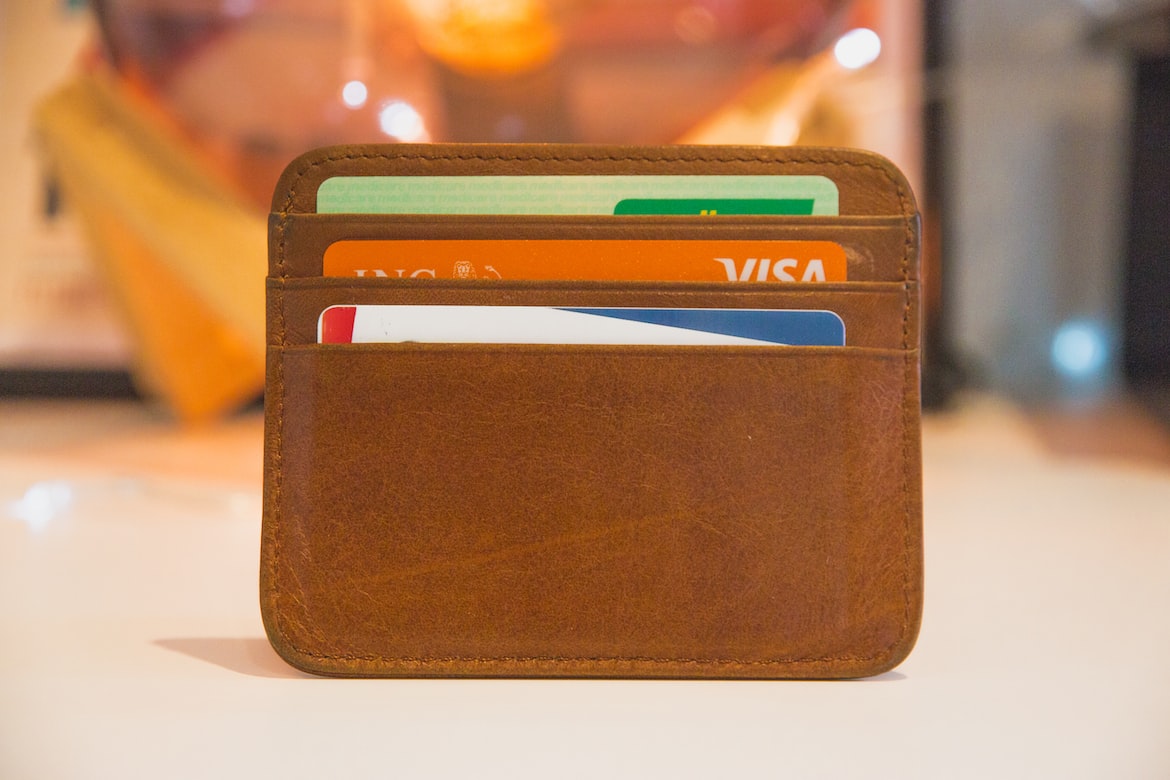
The impact of high credit utilization ratio on credit score
A high credit utilization ratio can hurt your credit score. If your ratio crosses the threshold of 30%, you may see your credit score drop.
If you max out your credit card to 100%, you might damage your credit score by around 45 points. This is a significant decrease and can push you from having a fair credit score to poor credit.
The impact of low credit utilization ratio on credit score
It is beneficial to your credit score to have a low credit utilization ratio. Keeping your credit utilization rate below 30% can limit any harmful effects on your credit score.
If you really want to restrict your credit utilization ratio to improve your credit score, you might want to lower your credit usage even further. Someone with an excellent credit score could have a credit utilization ratio below 10%, or even below 7%.
How to maintain a healthy credit utilization ratio: best practices
Here are some best practices that empower credit cardholders to maintain healthy credit utilization ratios.
Making multiple payments in a month
Many cardholders choose to pay off some credit card debt once a month. However, it can be advantageous to make several smaller payments during the month before a billing cycle ends. This helps keep your credit utilization ratio lower overall.
Pay more than the minimum amount
Credit cards tell you what the minimum amount is due every month. A best practice that many people employ is to pay more than the minimum balance. This helps reduce the interest accrued and lowers credit usage.
Keep old credit accounts open
As counterintuitive as it is, it is actually harmful to most people’s credit scores and credit utilization ratios if they close old credit accounts. This is because closing an account decreases your total available credit.
If you have an old credit account that doesn’t have any annual fees, it is heavily recommended that you let that account stay on your credit report and avoid closing it.
How to monitor credit utilization ratio: tools and techniques
Monitoring your credit utilization ratio is a good way to ensure that you aren’t inadvertently damaging your credit score. To effectively monitor your credit utilization ratio and maintain healthy credit, here are some tools you might want to consider:
- Periodically review your credit card statements
- Use reputable credit monitoring services
- Leverage your banking platform’s online credit monitoring services
- Download a mobile app for credit monitoring
If you prefer a hands-on approach, here are some useful techniques you can explore.
- Maintain a record of your credit usage over time using a spreadsheet
- Use various budgeting tools that enable you to manually review your credit utilization every month
- Download your credit card statements and keep track of them
Credit utilization ratio and its effect on credit card debt
Credit card debt grows over time as it accrues interest. When you open a credit card account, you will be told what the card’s annual percentage rate (APR) and interest rate are so you know the costs of using your credit card and not paying off the credit card debt quickly.
Another effect of frequently maxing out or nearly maxing out your credit cards is that you might feel substantial financial stress. Carrying credit card debt can prevent you from achieving other goals you might have, such as buying a car, paying for a wedding, or funding a child’s education.

The role of credit utilization ratio in loan approval process
Your credit utilization ratio can affect your loan application results. When lenders assess your creditworthiness, your credit usage plays a significant role.
The higher your credit utilization ratio, the more likely it will adversely affect whether you obtain the loan. Even if your loan application does manage to be approved, you might be subjected to high interest rates and unfavorable loan terms.
To maximize your chances of receiving a personal loan, it is generally advisable to reduce your credit utilization ratio before you apply for a loan. That way, you may appear more financially responsible–and more capable of repaying your debt according to a loan agreement.
Edited by:
Bryan Huynh
•
Product Tester & Writer








